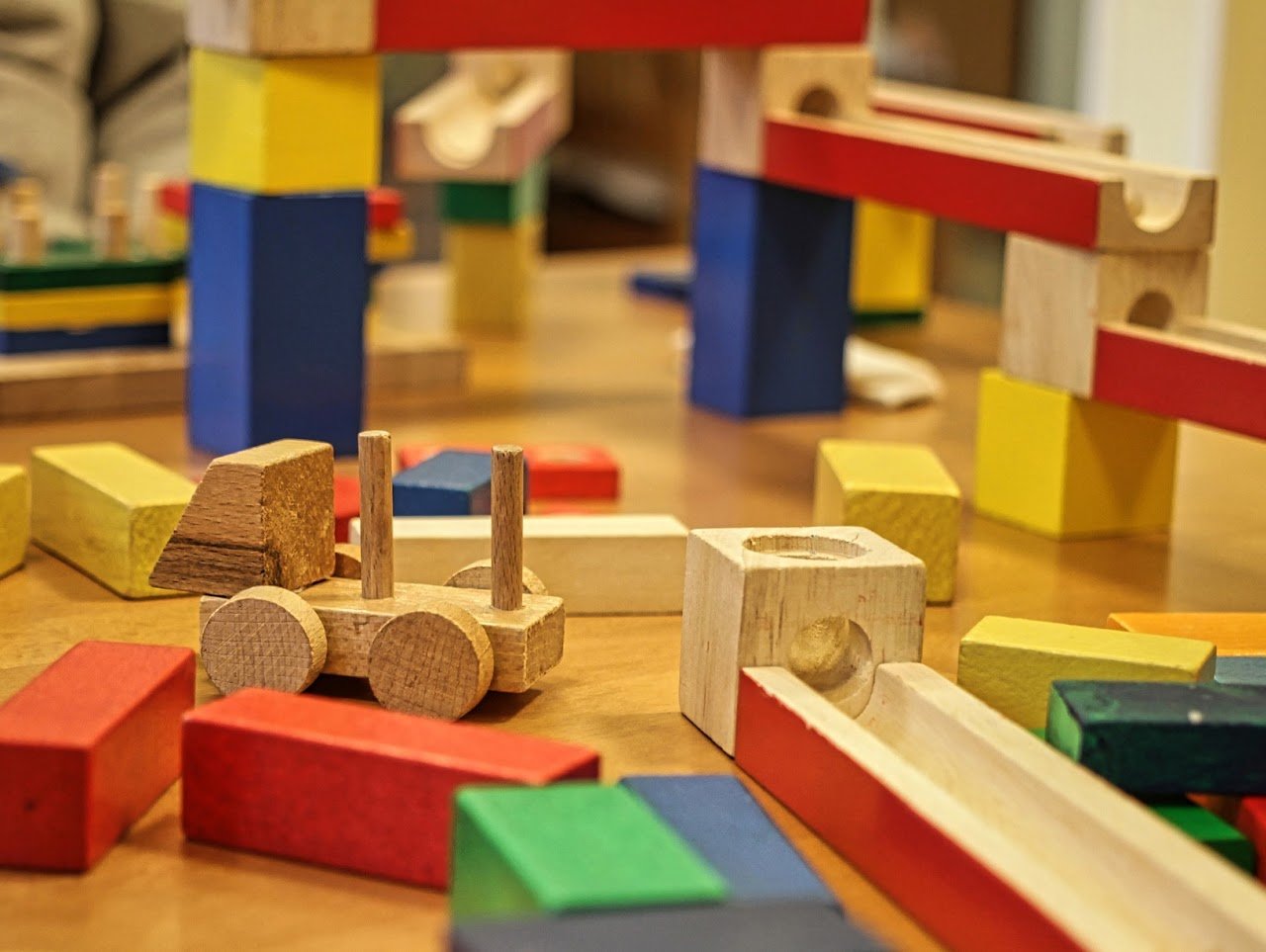Digital and Analog Signals Mini Unit Resources
Digital and Analog Signals Mini Unit for NGSS MS-PS4-3
In the Digital and Analog Signals mini unit, students first become familiar with these terms and make connections with real life examples. They make and use a string telephone to experience the benefits (and disadvantages!) of analog technology, compare and contrast digital and analog photos, and model analog and digital wave transmission. Extension activities include choosing a word to write using binary code for a seven-segment display!
Anchor Phenomenon Ideas: Borrow a record player and share a song with students. Then, share the song using digital technology (your phone or computer). Discuss which version students like more and why. As students continue to discuss, record questions they come up with and use these to make connections throughout your unit.
Make it Relevant: Ask students if newer is always better. Challenge kids to think of "old fashioned" technology that might be more useful than newer technology. Does a landline need to be charged in order to make a phone call? Would you rather have a physical copy of your favorite photo or a copy saved on your phone?
Tips and Tricks: Take some time to help students become familiar with examples of digital and analog technology. Point out common examples of each to expand background knowledge.
Find a quiet space for students to test their string telephones. This Scientific American article provides tips and an explanation for how and why the phones work.
As students model digital and analog waves with drawings, remind them to look only at the image that immediately precedes the one they are drawing. To see more significant differences in the analog drawings, have eight to ten students draw the same image while only looking at the most recent drawing. The differences will be very noticeable!
Analog record player
Enrichment Ideas: Challenge students to create an illustrated chart of digital and analog toys! Which toys are more exciting to play with? Which ones will be around for many years? Is your favorite toy digital or analog? Kids will have a blast brainstorming their favorites!

